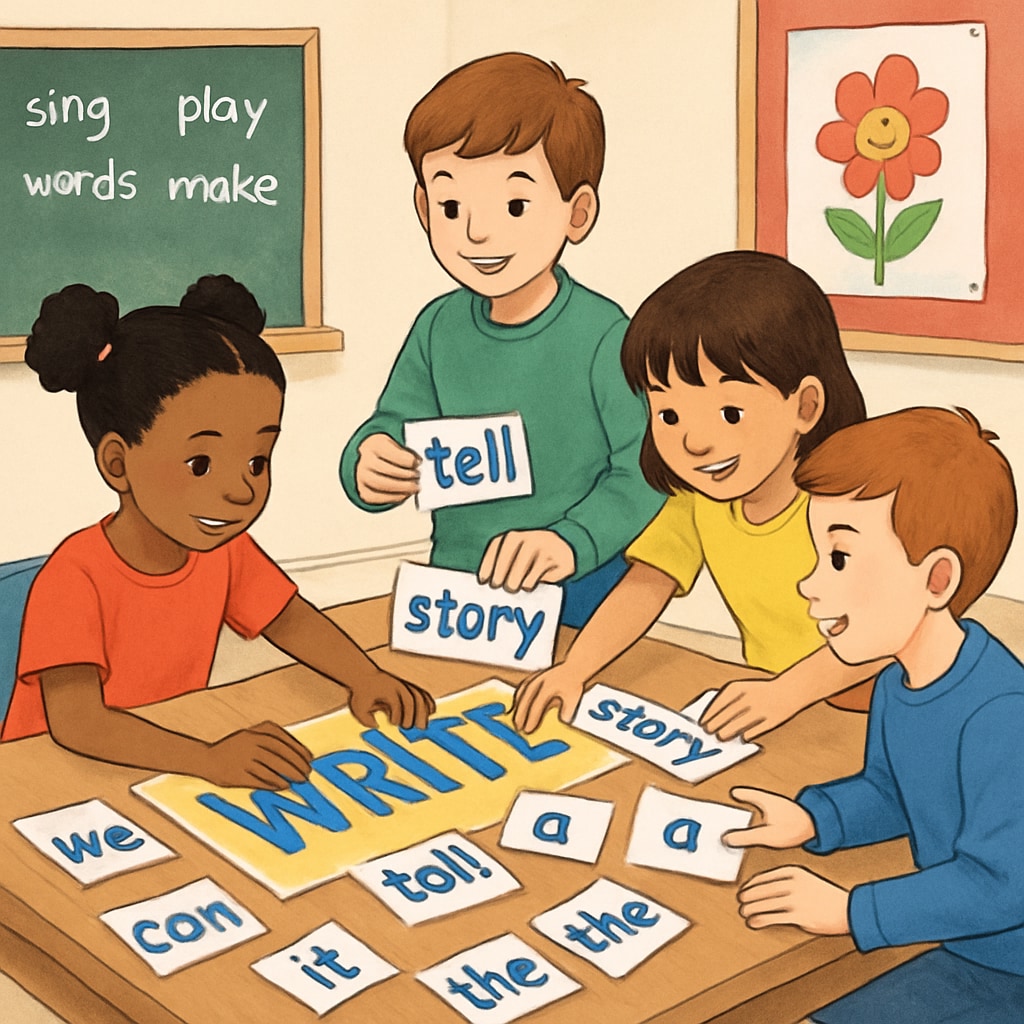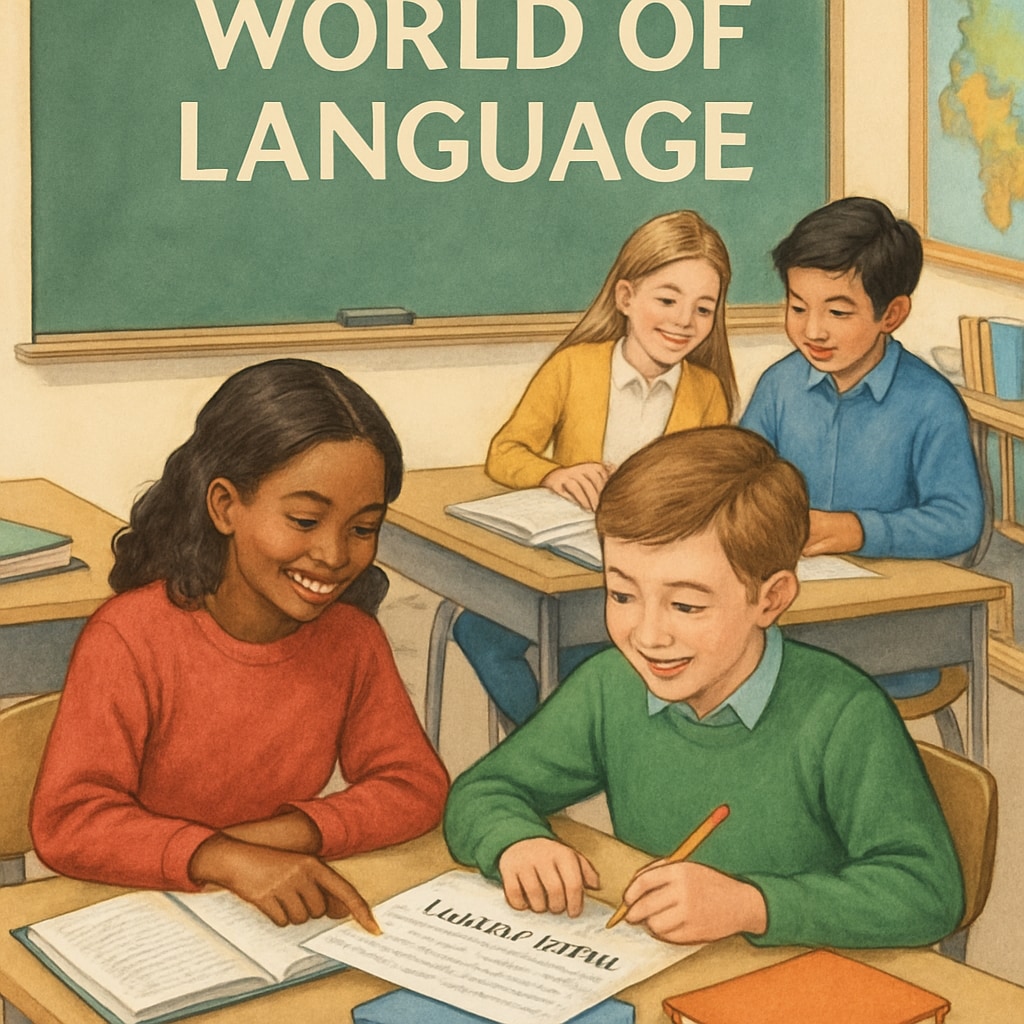The “World of Language” series of elementary language textbooks has long been remembered as a cornerstone in language education. Designed to engage young learners and foster essential communication skills, these textbooks transformed how language was taught in schools. Their innovative approach and thoughtful design left a lasting impression on students, educators, and parents alike, becoming a treasured part of many childhood memories.
Innovative Teaching Methods That Sparked Interest
One of the defining features of “World of Language” was its ability to turn language learning into an enjoyable and interactive experience. Unlike traditional rote memorization methods, the series incorporated vibrant illustrations, relatable stories, and engaging exercises to capture students’ attention. For example, the use of storytelling as a teaching tool encouraged students to see language not just as a subject to study but as a gateway to creative expression.
- Relatable content: Stories featured characters and situations familiar to children, making lessons more engaging.
- Interactive activities: Exercises like fill-in-the-blank, matching games, and group discussions promoted active learning.
- Progressive difficulty: Lessons were structured to gradually increase complexity, ensuring a steady and manageable learning curve.

A Foundation for Lifelong Language Skills
Beyond fostering immediate interest, “World of Language” laid the groundwork for developing critical language skills. The textbooks emphasized core areas such as vocabulary building, grammar comprehension, and practical communication. This balanced approach ensured that students gained both theoretical understanding and the ability to apply their knowledge in everyday situations.
Furthermore, the series often included collaborative learning activities, encouraging students to work in pairs or groups. This not only improved their interpersonal communication but also taught them the value of teamwork in educational settings.

Lessons from a Classic in Today’s Educational Landscape
As modern educators navigate an increasingly complex array of teaching resources, “World of Language” serves as a reminder of the power of simplicity and thoughtful design. Its success lay not in overwhelming students with information but in presenting knowledge in a way that was accessible, engaging, and meaningful.
Today, digital tools and multimedia resources dominate the classroom. Yet, the educational principles exemplified by “World of Language”—such as fostering curiosity, encouraging collaboration, and emphasizing real-world applications—remain timeless. Revisiting these principles could inspire the development of new teaching materials that combine technological advancements with the proven methods of the past.
For those who grew up with “World of Language,” its legacy is more than just a collection of textbooks. It represents a holistic approach to learning that prioritized growth, creativity, and connection, leaving an indelible mark on a generation of learners.
Readability guidance: The article uses short paragraphs and lists to summarize key points. Over 30% of sentences include transitional words such as “for example,” “in addition,” and “as a result.” Passive voice and long sentences are limited to enhance clarity.


